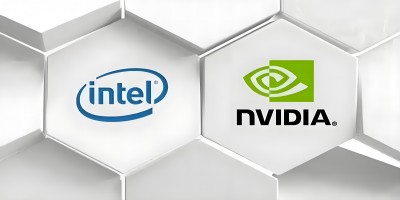DRAM prices have reached a "jaw-dropping" level, and as manufacturers start reporting inventory shortages, the consumer memory industry seems set to be severely affected.
The current DRAM market situation is not optimistic because the artificial intelligence memory cycle has consumed most of the production capacity. The huge demand for memory in the field of artificial intelligence has not only forced companies like Samsung, Micron and SK Hynix to adjust their production capacity allocation, but has also reached the point where they have stopped accepting DDR orders. According to DigiTimes, one of the world's largest DRAM manufacturers, Samsung, has halted the contract pricing of DDR5 DRAM, and other companies may follow suit.
In 2025, the spot prices of DRAM products will rise significantly. For instance, the spot price of DDR5 16Gb has nearly doubled in the past month, reaching a record high of $15.50. This trend is expected to continue into next year, as the huge demand in the industry is projected to continue causing supply bottlenecks until the first quarter of 2026. One of the reasons for the record increase in DDR5 prices is that most of the production capacity has been allocated to CSPS (communication service providers) and artificial intelligence giants. In addition to HBM, consumer-grade memory (DDR5 and DDR4) is also applied in various CSP environments.
In October, the global memory chip market continued to see price hikes. Leading manufacturers such as Samsung and SK Hynix announced that the contract prices of DRAM in the fourth quarter would increase by up to 30%, and the contract prices of NAND flash memory would rise by 5% to 10%. On the one hand, the demand driven by AI has exploded. The demand for high-performance storage (such as HBM and DDR5) from AI servers has soared, squeezing the capacity of traditional DRAM and leading to a tight supply of products like DDR4. On the other hand, the DRAM inventory cycle has dropped from 31 weeks in 2023 to 8 weeks in October 2025. Original equipment manufacturers have cut DDR4 production capacity and shifted to high-profit HBM and DDR5. Two major storage fabs are accelerating the expansion of new production capacity and are optimistic about the increase in the domestic production rate of equipment.
This has prompted Samsung and other DRAM manufacturers to shift their production capacity to DDR5 and HBM to meet the huge market demand. Against this backdrop, consumers are expected to suffer losses again. Since the third quarter, the prices of memory modules from Corsair, Adata and other vendors have continued to rise. Retail market data shows that due to supply constraints, prices have increased by at least 20% to 40% in the past few weeks. Moreover, as AI giants have signed long-term contracts with DRAM suppliers, this situation may deteriorate further in the future.
This is undoubtedly good news for the entire DRAM industry, but for consumers, it is not advisable to wait too long to upgrade memory, as prices are expected to rise. The recent promotion season is expected to offer some discounts on memory prices. We will keep a close eye on whether there are any suitable promotional activities.
Due to the fact that new production capacity (such as SK Hynix's FAB) does not enter mass production until 2027 and the continuous expansion of AI demand, the supply and demand gap is difficult to fill quickly, and the price increase cycle may continue until the second half of 2026. It is worth noting that NVIDIA is speculated to possibly acquire storage enterprises to break through the "memory wall", and the industry consolidation may accelerate.
Disclaimer: The article is sourced from the Internet. In case of any dispute, please contact customer service.



